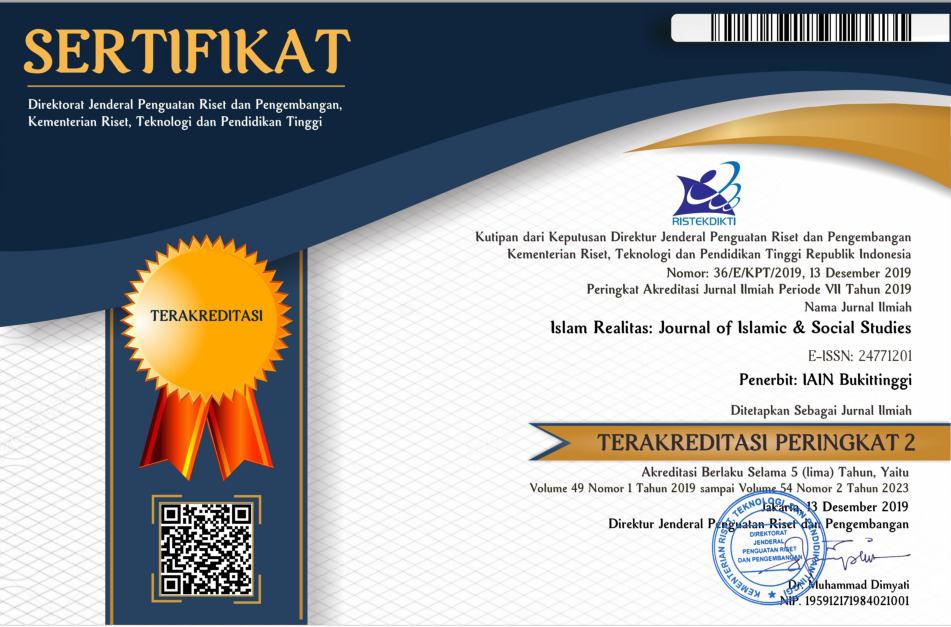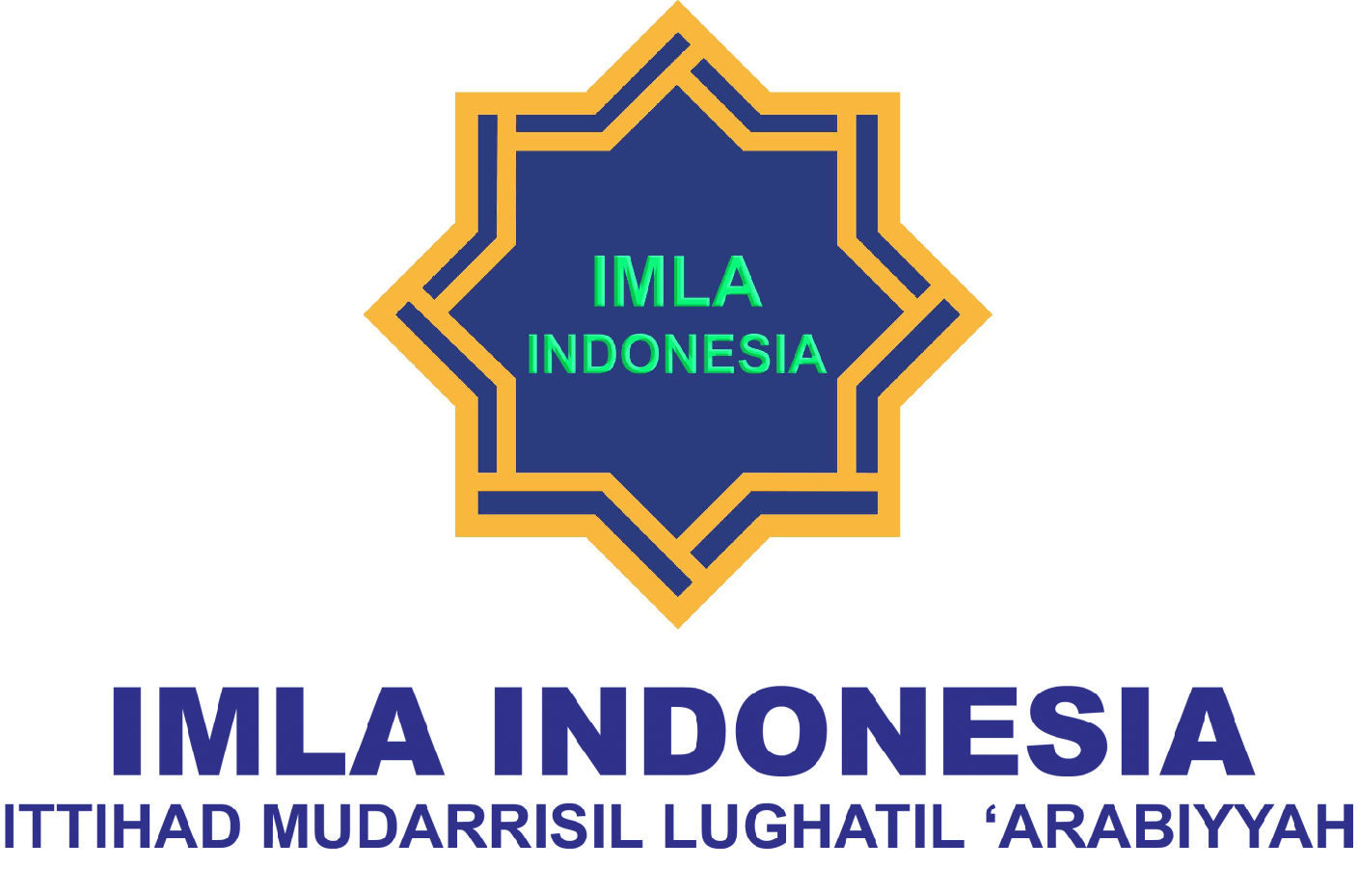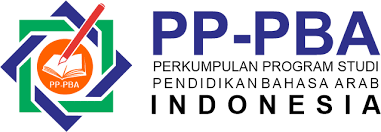TaʼthÄ«r WasÄ«lah Al-Kutub Al-Mujassimah Al-Mutaḥarrikah Ê»alá IstÄ«Ê¿Äb Al-MufradÄt Ladá ṬullÄb Al-Madrasah Al-IbtidÄʼīyah Al-IslÄmÄ«yah Al-ḤukÅ«mÄ«yah Bukittinggi
DOI:
https://doi.org/10.30983/huruf.v3i1.6321Keywords:
Learning Media, Pop Up Books, Comprehension of Arabic VocabularyAbstract
The problems in this research are student's comprehension of Arabic vocabulary is low. In addition, the teacher did not use the fun and varied teaching media when teaching. The aims of this research is: 1) To find out the difference in the comprehension of Arabic vocabulary between students who learn using Pop Up Books media and students who learn using whiteboard, 2) To know the effect of the Pop Up Books media on the comprehension of Arabic vocabulary for the 3rd grade students at the Goverment Islamic Elementary School Bukittinggi. This research is experimental research means quasi-experimental by type non equivalent control grup. The population is all 3rd grade students and the sampling technique is cluster sampling. The data collection tools used are test, observation and interview. The result of the research are: 1) There is a difference in the comprehension of Arabic vocabulary between students who learn using Pop Up Books media and students who learn using whiteboard, 2) There is an effect of the Pop Up Books media on the comprehension of Arabic vocabulary for the 3rd grade students at the Goverment Islamic Elementary School Bukittinggi because in Independent Sample t-Test, the researcher obtained a score of tcount>ttable (2,257>2,009).
المشكلات ÙÙŠ هذا البØØ« هي استيعاب الطلاب للمÙردات العربية منخÙض. بالإضاÙØ© إلى ذلك، لم تستخدم المدرّسة الوسائل التعليمية الممتعة والمتنوعة عند التعليم. أهدا٠هذا البØØ« هي: 1) لمعرÙØ© Ùرق استيعاب المÙردات العربية بين الطلاب الذين يتعلمون باستخدام وسيلة الكتب المجسمة المتØركة (Pop Up Books) والطلاب الذين يتعلمون باستخدام السبورة، 2) لمعرÙØ© تأثير وسيلة الكتب المجسمة المتØركة (Pop Up Books) على استيعاب المÙردات العربية لدى طلاب الÙصل الثالث ÙÙŠ المدرسة الابتدائية الإسلامية الØكومية بوكيت تنجي. هذا البØØ« هو البØØ« التجريبي يعني شبه التجريبية بالنوع مجموعة الضابط غير متكاÙئة. والمجتمع لهذا البØØ« هو جميع الطلاب ÙÙŠ الÙصل الثالث وتقنية أخذ العينات هي Cluster Sampling. أدوات لجمع البيانات المستخدمة هي الاختبار والملاØظة والمقابلة. أما نتائج البØØ« هي: 1) يوجد Ùرق استيعاب المÙردات العربية بين الطلاب الذين يتعلمون باستخدام وسيلة الكتب المجسمة المتØركة (Pop Up Books) والطلاب الذين يتعلمون باستخدام السبورة، 2) يوجد تأثير وسيلة الكتب المجسمة المتØركة (Pop Up Books) على استيعاب المÙردات العربية لدى طلاب الÙصل الثالث ÙÙŠ المدرسة الابتدائية الإسلامية الØكومية بوكيت تنجي لأن ÙÙŠ اختبار Independent Sampel t-Test Øصلت الباØثة على درجة "ت" الØسابي أكبر من "ت" الجدولي (2ØŒ257 < 2ØŒ009).
References
Al-BÄrÄ«, MÄhir ShaÊ»bÄn Ê»Abd, TaÊ»lÄ«m Al-MufradÄt Al-Ê»ArabÄ«yah (Ê»AmmÄn: DÄr Al-MasÄ«rah Lil-Nashr Wa-Al-TawzÄ«Ê», 2011)
Al-MaḥmÅ«dÄ«, Muḥammad SarḥÄn Ê»alá, ManÄhij Al-Baḥth Al-Ê»IlmÄ«, Al-ṬabÊ»ah Al-ThÄlithah (Al-JumhÅ«rÄ«yah Al-YamanÄ«yah: DÄr Al-Kutub, 2019)
D, Diean Arjuna, and Brenda Febri Ardiansyah, ‘Analisis Teknik Dan Perkembangan Buku Pop-Up’, Jurnal Desain & Seni, 6 (2019)
Hakim, Muhammad Luqman, Akhyar, and Asrowi, ‘Pemanfaatan Media Pembelajaran Game Interaktif Dalam Pembelajaran Kosakata Bahasa Arab’, Arabi: Journal of Arabic Studies, 2.2 (2017)
Hakim, Muhammad Luqman, Asrowi, and Muhammad Akhyar, ‘Pengembangan Multimedia Interaktif Mata Pelajaran Bahasa Arab Materi Profesi Bagi Siswa Kelas VIII SMP IT Al-Huda Wonogiri’, Jurnal Teknologi Pendidikan, 20.3 (2018)
Hijriyah, Umi, Analisis Pembelajaran Mufrodat Dan Struktur Bahasa Arab Di Madrasah Ibtidaiyah (Sebuah Analisis Isi Penerapan Kurikulum Di Madrasah Ibtidaiyah Untuk Menghasilkan Bahan Ajar) (Surabaya: CV. Gemilang, 2018)
JallÅ«b, SamÄ«r Khalaf, Al-WasÄʼil Al-TaÊ»lÄ«mÄ«yah (Makkah Al-Mukarramah: DÄr Min Al-MuḥīṠIlá Al-KhalÄ«j Lil-Nashr Wa-Al-TawzÄ«Ê», 2017)
Muḥammad, DÄliyÄ Ê»Abd Al-WÄḥid Muḥammad, and Ê»Abd Al-Raḥīm Fatḥī Muḥammad IsmÄʻīl, ‘Athar BarnÄmaj QÄʼim Ê»alá Al-Kutub Al-Mujassimah Al-Mutaḥarrikah FÄ« Tanmiyat MahÄrÄt Al-WaÊ»y Al-á¹¢awtÄ« Wa-Al-Ḥaṣīlah Al-LughawÄ«yah Ladá Aá¹fÄl Al-Rawá¸ah’, Majallat JÄmiʻīyah JanÅ«b Al-WÄdÄ« Al-DawlÄ«yah Lil-Ê»UlÅ«m Al-TarbawÄ«yah, 2021
Mustofa, Syaiful, Strategi Pembelajaran Bahasa Arab (Malang: UIN Press, 2011)
NammÄ«, Ê»Abd Al-Muḥsin Ibn Ê»Abd Al-Ê»AzÄ«z, Al-WasÄʼil Al-TaÊ»lÄ«mÄ«yah MafhÅ«muhÄ Wa-AsÄs IstikhdÄmihÄ Wa-MakÄnatuhÄ FÄ« Al-Ê»IlmÄ«yah Al-TaÊ»lÄ«mÄ«yah (Al-RiyÄá¸: Maktabat Al-Malik Fahd Alwaá¹yniyah, 1994)
Wahyuni, Eko Sri, and Yokhebed, ‘Deskripsi Media Pembelajaran Yang Digunakan Guru Biologi SMA Negeri Di Kota Pontianak’, Jurnal Pendidikan Informatika Dan Sains, 8.1 (2019)
Wahyuni, Wira, ‘Taá¹wÄ«r Takhá¹Ä«á¹ TaÊ»lÄ«m Al-Lughah Al-Ê»ArabÄ«yah FÄ« Al-Madrasah Al-IbtidÄʼīyah Al-ḤukÅ«mÄ«yah 7 Padang’, Majallat Al-Ê»IlmÄ«yah LisÄnunÄ, 3.1 (2020)
Widayanti, Rizka, and Yelfi Dewi, ‘Implementation of Arabic Learningbased on Multiple Intellegences at Al-Kautsar Elementary School Malang’, Jurnal Al-Furqon, 5.2 (2020)
Zubaidah, ‘TaqÄbul Al-Lughah FÄ« TaÊ»lÄ«m Al-Adab Al-Ê»Arabī’, Prosiding Pertemuan Ilmiah Internasional Bahasa Arab, 2018
Zubaidillah, Muh. Haris, and Hasan, ‘Pengaruh Media Kertu Bergambar (Flash Card) Terhadap Penguasaan Kosakata Bahasa Arab’, Jurnal Al-Mi’yar, 2.1 (2019)
Downloads
Published
Issue
Section
Citation Check
License
Copyright (c) 2023 Ayu Annisa

This work is licensed under a Creative Commons Attribution-ShareAlike 4.0 International License.
Authors who publish with this journal agree to the following terms:
- Authors retain copyright and grant the journal right of first publication with the work simultaneously licensed under a Creative Commons Attribution-ShareAlike 4.0 International Licensethat allows others to share the work with an acknowledgment of the work's authorship and initial publication in this journal.
- Authors are able to enter into separate, additional contractual arrangements for the non-exclusive distribution of the journal's published version of the work (e.g., post it to an institutional repository or publish it in a book), with an acknowledgment of its initial publication in this journal.
- Authors are permitted and encouraged to post their work online (e.g., in institutional repositories or on their website) prior to and during the submission process, as it can lead to productive exchanges, as well as earlier and greater citation of published work (See The Effect of Open Access).




